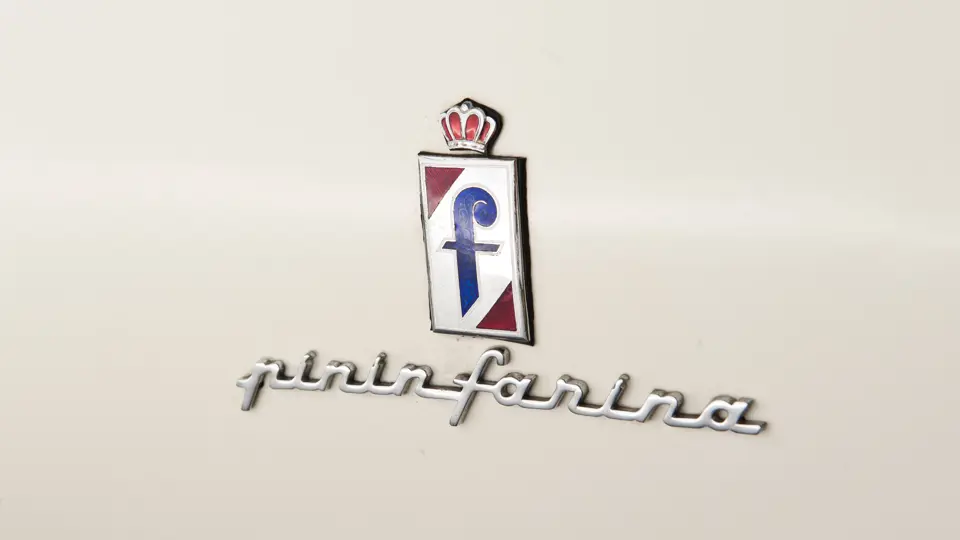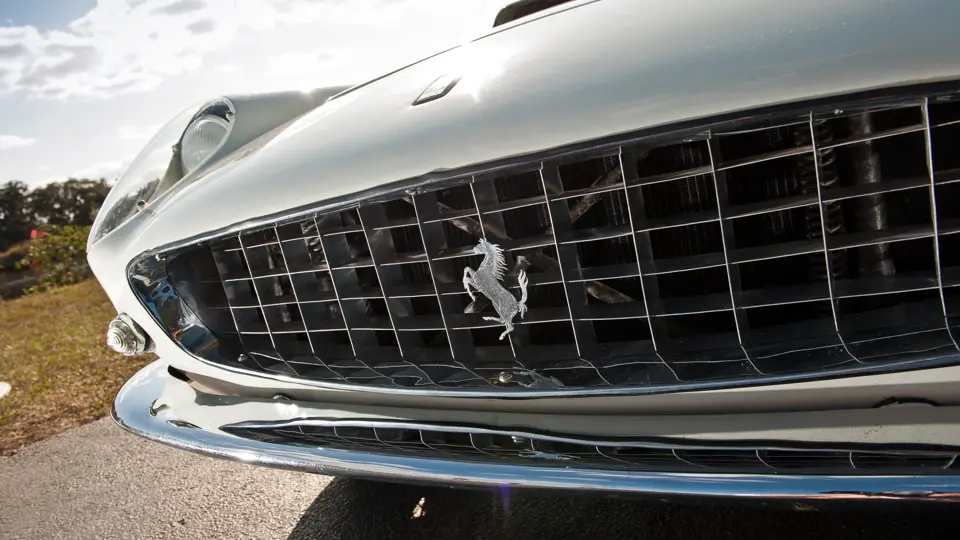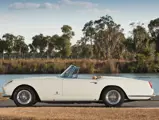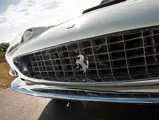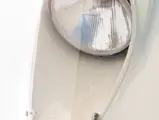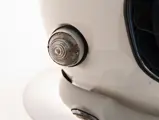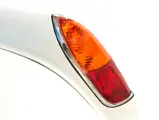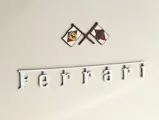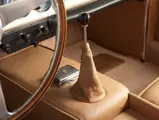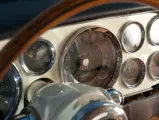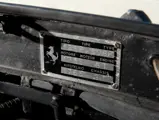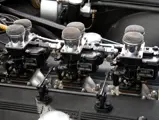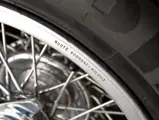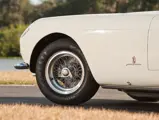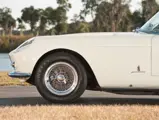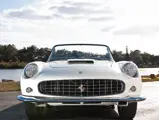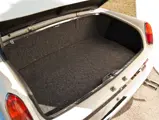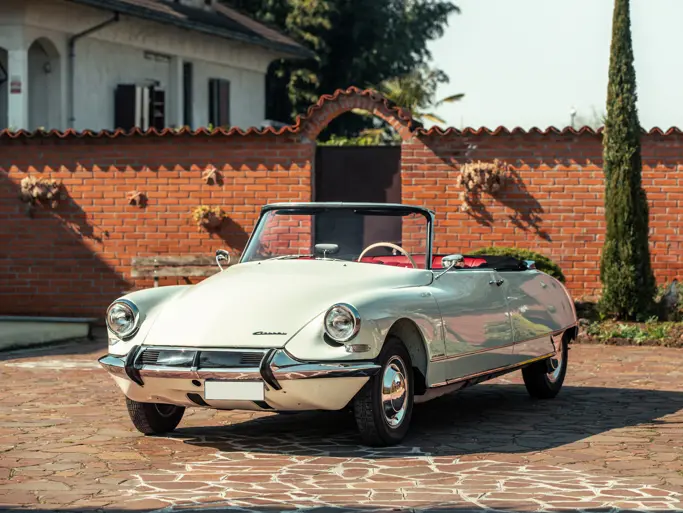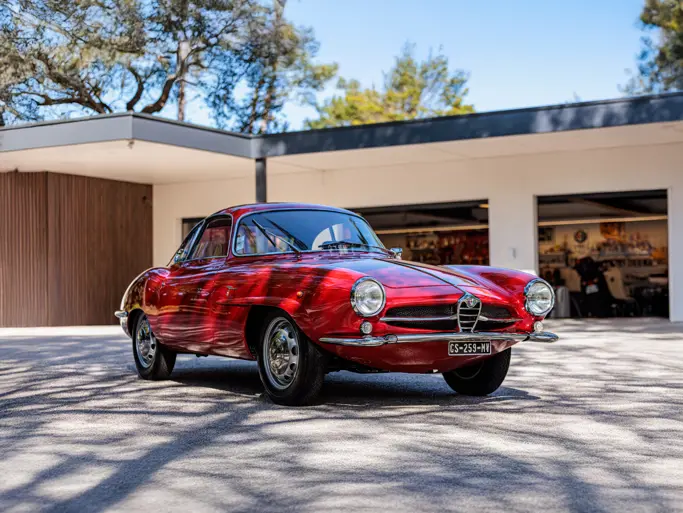Est. 260 bhp @ 7,000 rpm, Colombo 60-degree V-12 engine with single overhead camshafts and triple Weber carburetion, four-speed manual gearbox with overdrive, independent front suspension with coil springs and telescoping shock absorbers, live rear axle with leaf springs, parallel trailing arms and tubular shocks, steel tubular chassis, four-wheel disc brakes. Wheelbase: 2,600 mm (102")
• Fully restored by a Ferrari specialist
• Rare and unique covered headlight configuration finished in its original Avorio (Ivory) color
• All major mechanical components are matching numbers
• Road-driven, not trailered, by the owner from Ft. Myers, Florida to the auction site
The 1959-1962 Pinin Farina Series II Cabriolets were direct stable-mates of the other Colombo-engined marque models of the period: the 250 GT SWB Berlinetta, the long and short wheelbase California Spyders and the 250 GT PF Coupe. However, the Series II Cabriolets and the Coupe were conceived by Pinin Farina as Ferrari’s semi-luxury GT cars and thus provided with better interior appointments and more sound-proofing than the competition-oriented California Spyder series. Mechanically there is little difference between an early California Spyder and the first Pinin Farina Cabriolets, but the latter went to great pains to design the coachwork in a truly distinctive manner in order to distinguish the Cabriolet from the Spyders. The mechanical specifications of all four cars were almost identical, except of course for engine output, which would increase from the Cabriolet’s 260 hp to almost 300 hp for a full-competition SWB Berlinetta or California Spyder due to improvements of carburetion, camshaft duration and compression ratio.
Ferrari’s normal 2,600-mm oval tube chassis was fitted with independent front suspension by unequal A-arms, coil springs and telescopic shocks while the rear featured a live axle located by semi-elliptic springs and twin parallel trailing arms also with telescopic dampers. An anti-sway bar was found at the front, and all four models ran on the superbly attractive alloy-rimmed Borrani road wheels usually fitted with Dunlop, Englebert or Pirelli tires. The four-speed all-synchro transmission had an electrically operated 28.2% overdrive motivated by a large single dry-plate clutch. Later examples, like the Series II Cabriolet we are pleased to offer here, were much mechanically improved over the Spyders, having outside plug engines, disc brakes (by 1960), twin distributors and the aforementioned overdrive transmission and telescopic shock absorbers. Powered by the 128 F Series V-12 three-liter engine, this was a seriously quick and very stylish, albeit in an understated manner, Grand Touring Ferrari.
Only about 200 examples of the PF Series II Cabriolet were built, most of them in standard configuration with open headlamps, but interestingly, in view of this car’s covered lamps, Antoine Prunet’s book, The Ferrari Legend: The Road Cars, has this to say about the variants:
“Variations are known to exist on the Cabriolets concerning their finishing details and it is often uncertain whether such are original or later modifications. However we can cite a few examples = A Cabriolet delivered to the King of Morocco with a Hardtop in brushed aluminum (1925 GT), a Cabriolet with 410 SA-type Side Vents which won an award at the 1960 Concours D’Elegance of Rome (1817 GT) and the Cabriolet with Covered Headlamps presented that same year at the Concours d’Elegance of Rimini.”
CHASSIS NO. 1755 GT
This particular 250 GT Series II Cabriolet was the ninth of the total 200 cars built, finished new in Avorio (Ivory) over Marrone leather hides. The chassis was sent to Pinin Farina on January 19 before the completed car was presented in April 1960 and sold new through dealer Renato Nocentini’s Garage La Rotonda in Florence, Italy to Sergio Sorbi of the same city. By the early 1980s, the car resided in the United States, in need of restoration and with a modified trunk lid. The car was advertised in 1984 as a restoration project that is nearly 100% complete.
Current owners Wayne and Lorene Sparling purchased 1755 GT from Floridian Bill Locke in 1984 as a complete matching-numbers example, but requiring a total restoration. It was relegated to the “back burner” for some two decades while Sparling worked on other Ferraris in his collection. In about 2005, he started a total two-year restoration, after which this Cabriolet was shown at Bill Warner’s 12th annual Amelia Island Concours in 2007. Other period event participations included the North Carolina Highlands Classic Rally and the Florida Winter Park Concours to which, in typical Sparling fashion, the car was driven and not trailered, covering some 2,000 miles in the process.
Wayne Sparling’s Ferrari expertise, which encompasses every mechanical and body component, was acquired in the most demanding classrooms imaginable—the world’s International Racing Circuits. From 1966 to 1985, he and Lorene attended every race contested by Luigi Chinetti Sr.’s N.A.R.T. (North American Racing Team) from Le Mans to Daytona to Sebring, to mention a few.
“My official job was a “Carrozzeria Mechanic,” Sparling recalled. “But in the end I could repair every aspect of these cars. But don’t talk a lot about me,” the ever modest Sparling admonished. “Tell them about Chinetti’s chief mechanic Nereo Iori, because I learned so much from him—he was an all-rounder, an ex-factory man and there wasn’t anything he couldn’t fix on a 250, 275, Daytona, P4 or 512-S.”
Kirk White, who knows a thing or two about Ferraris, recently said, “Wayne Sparling is a true Renaissance Man who can skilfully work on all parts of a vintage Ferrari. When people like him are gone, we will unfortunately never see their likes again. Today everything is sanitized, specialized and computerized—and we are all the poorer for it.”
Series II Cabriolets are truly one of the last undiscovered treasures of the Ferrari convertible world, especially when one looks at current market pricing of the nearly identical LWB California Spyders, which now regularly top the three-million dollar mark.
For enthusiasts considering a “wind in your hair” V-12 Ferrari, this gorgeous 250 GT PF Cabriolet restored by the legendary Wayne Sparling merits very close scrutiny.
Please note that although this car was factory-completed in 1960, the provided Florida title lists it as a 1961 model year vehicle.




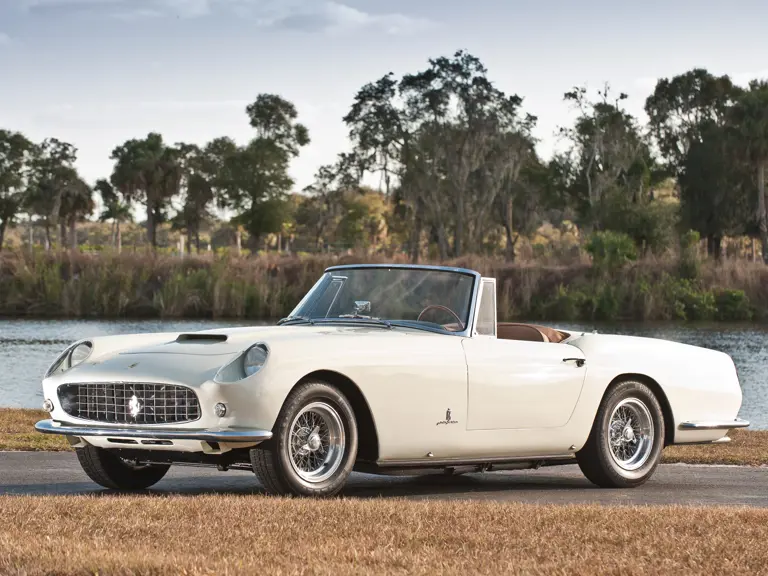

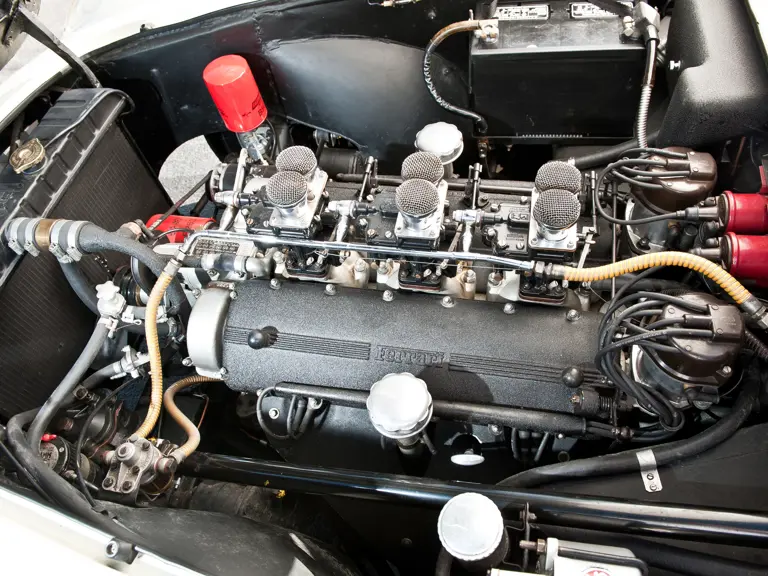
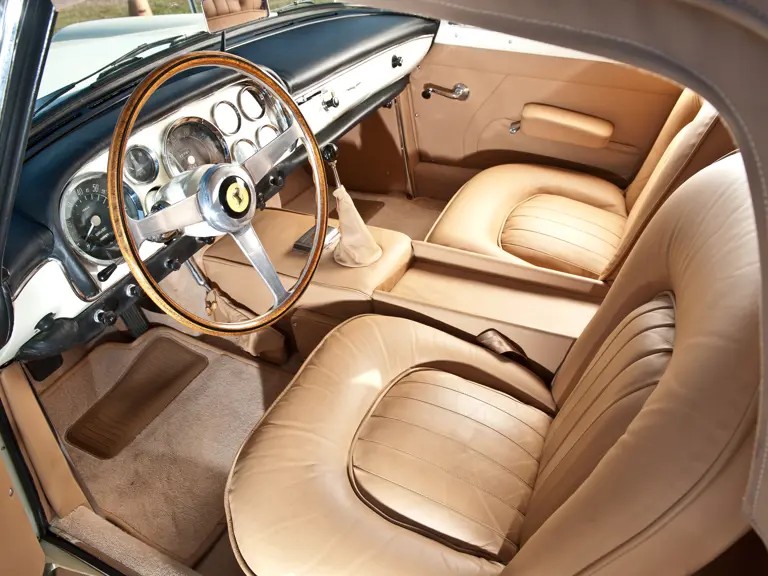
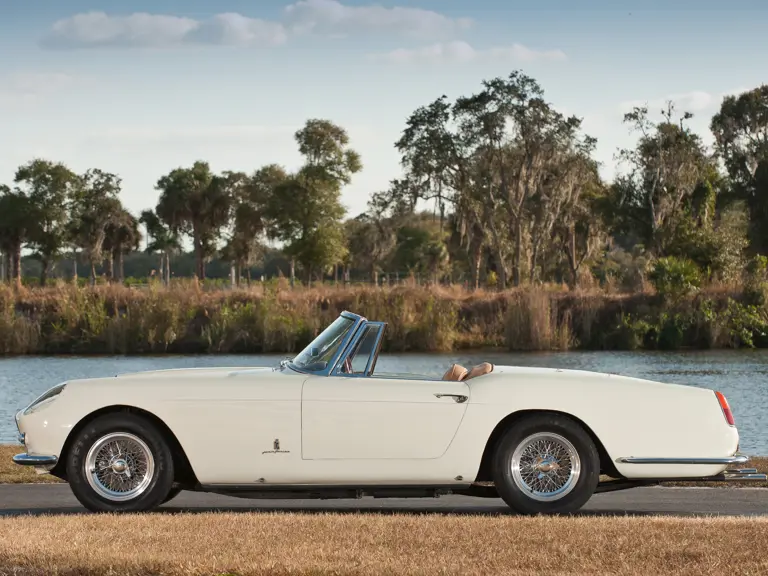
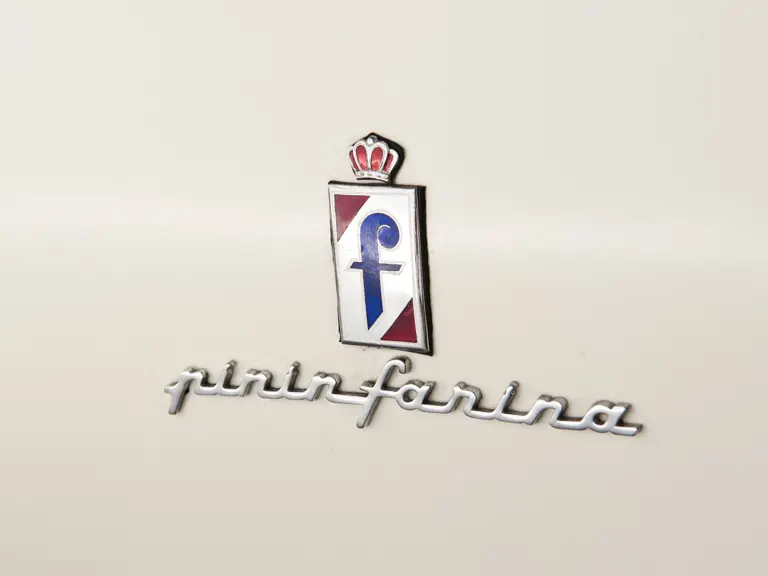
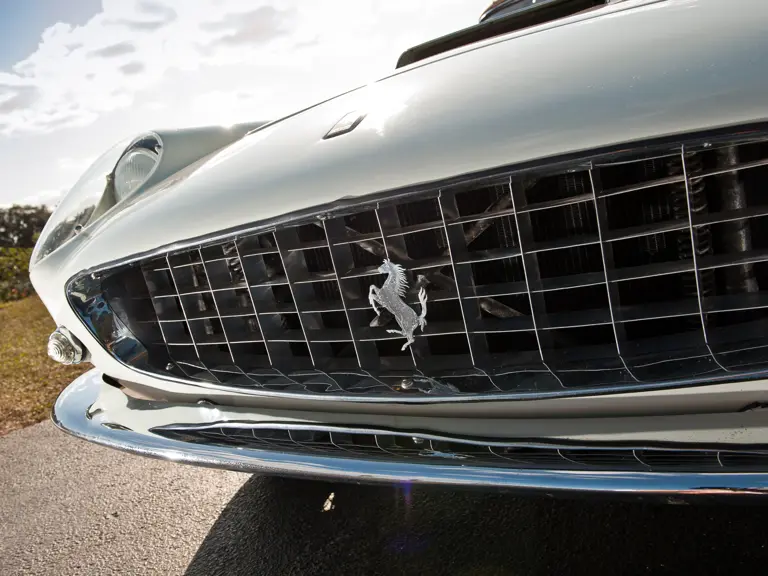
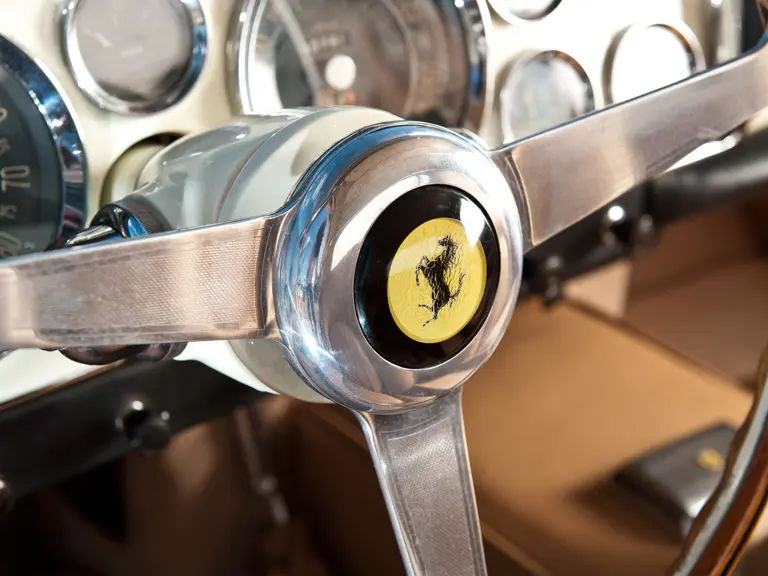
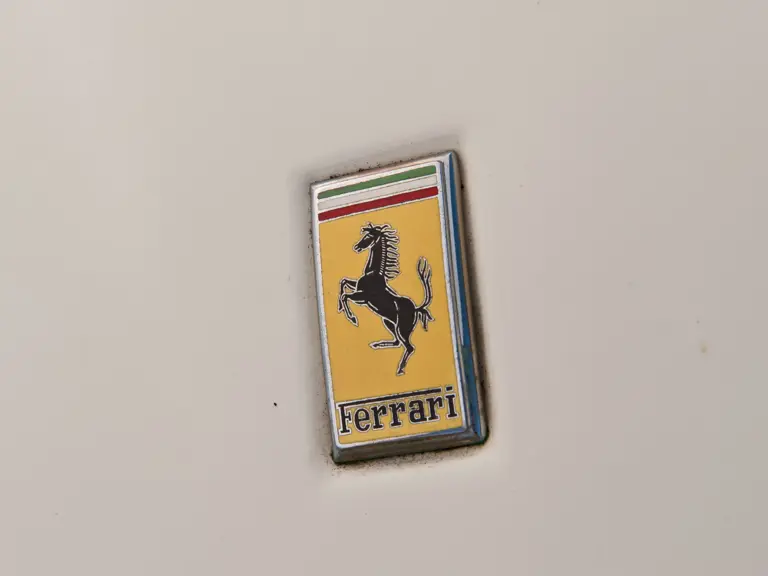
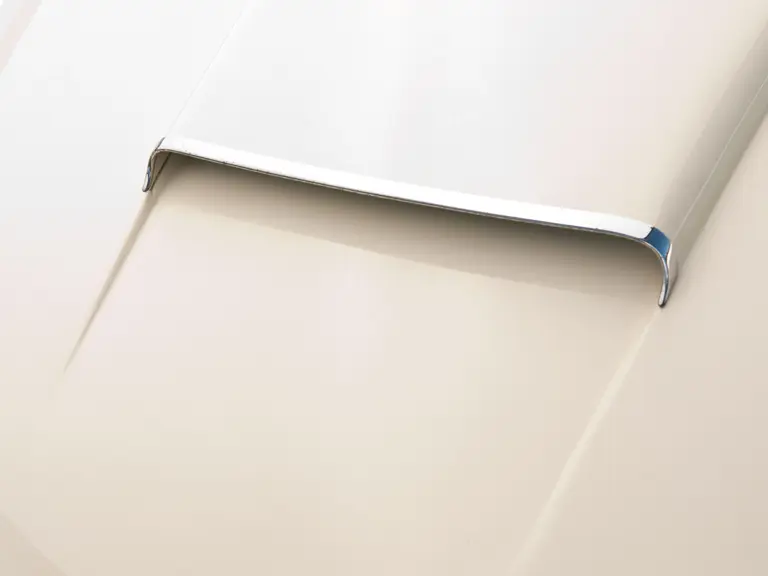
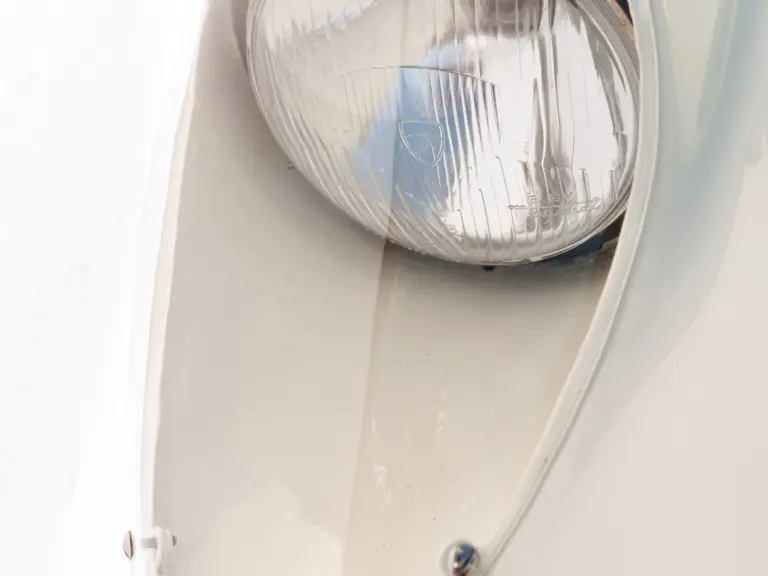
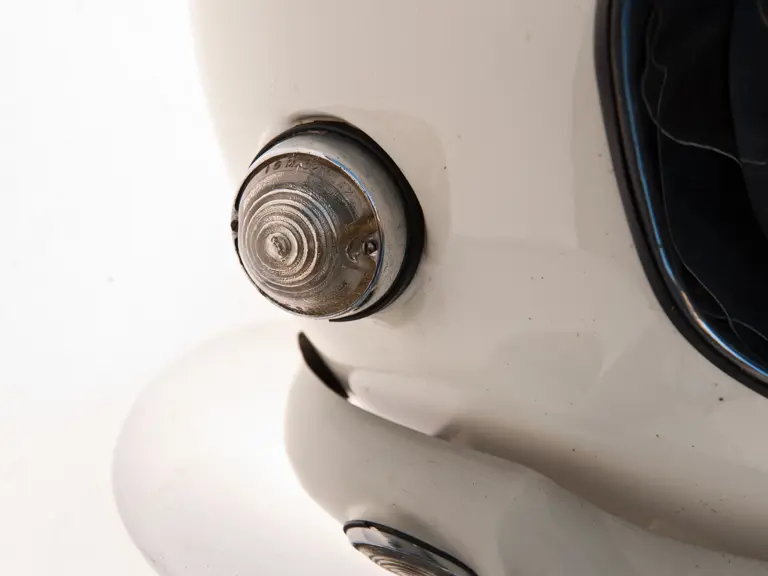
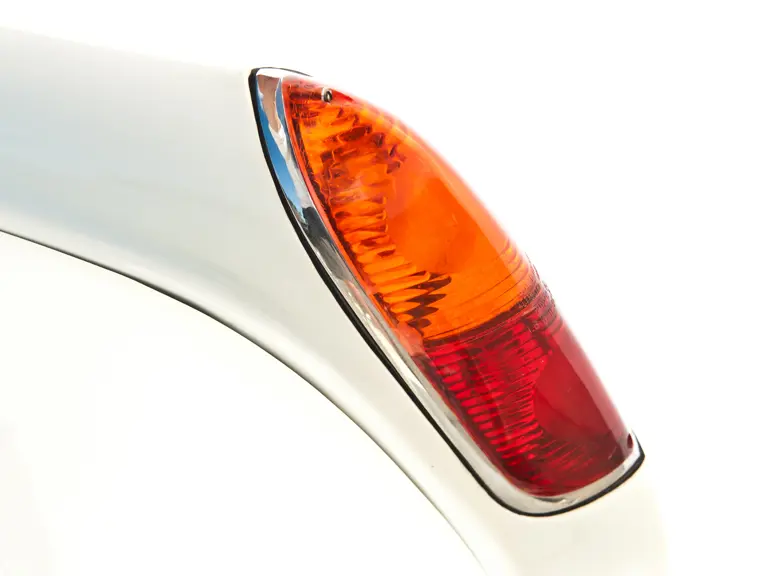
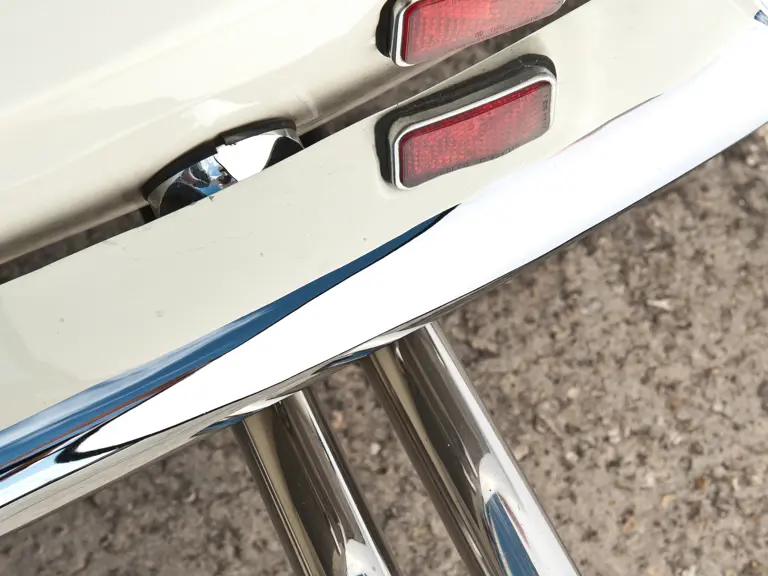
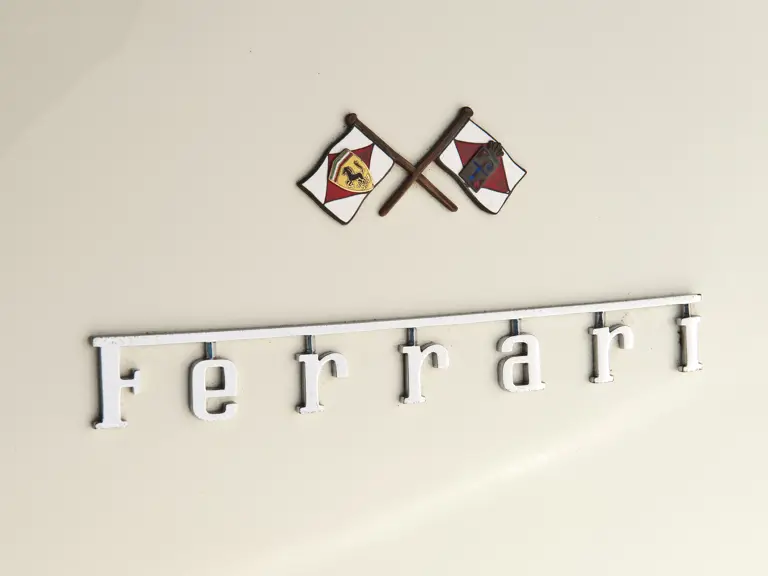
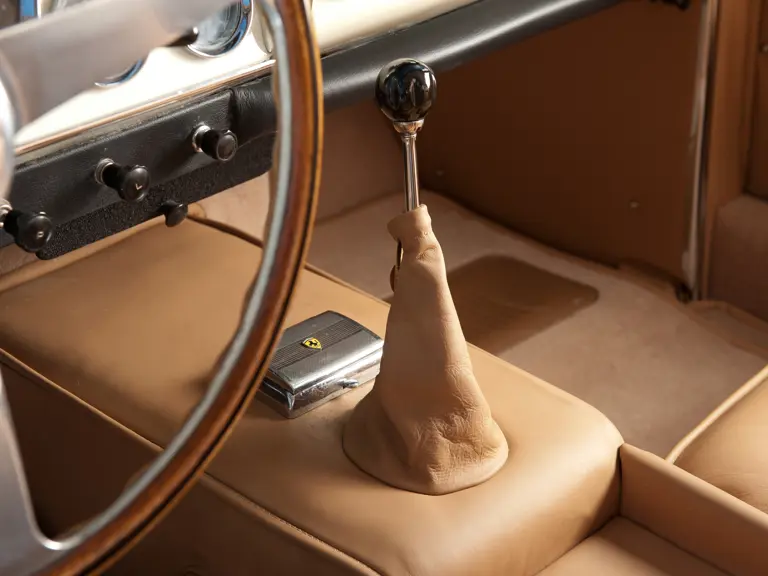


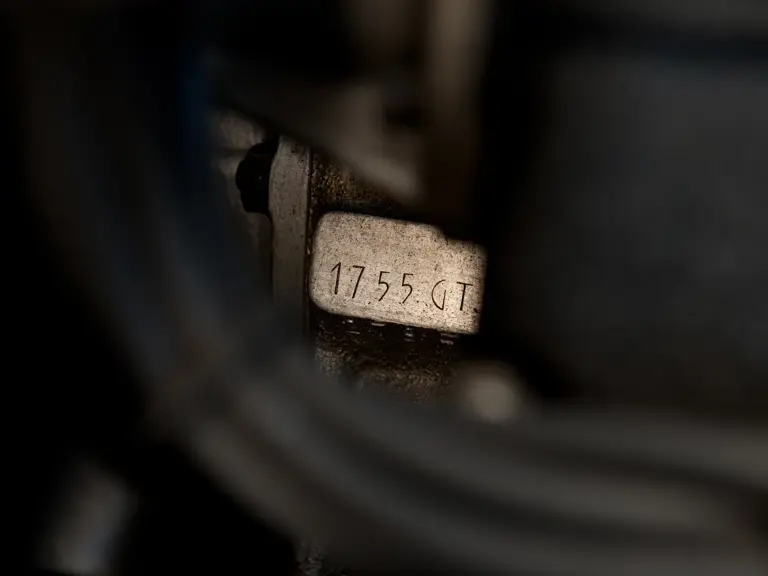

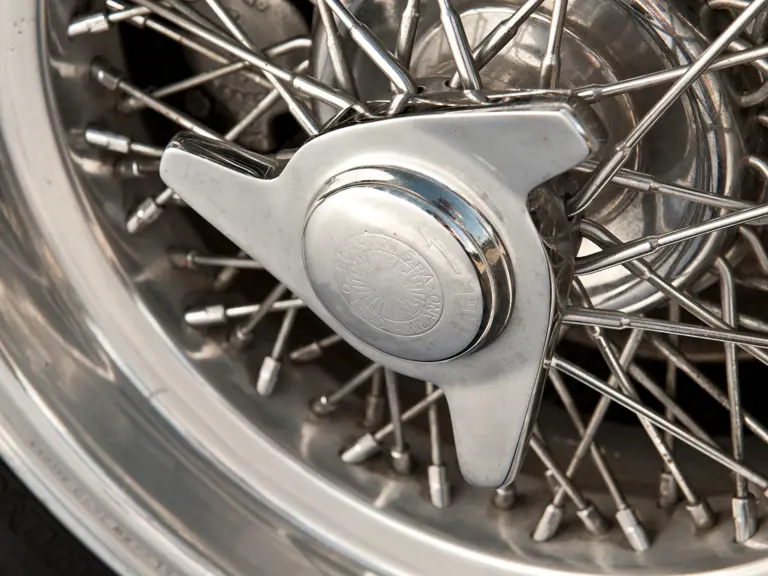
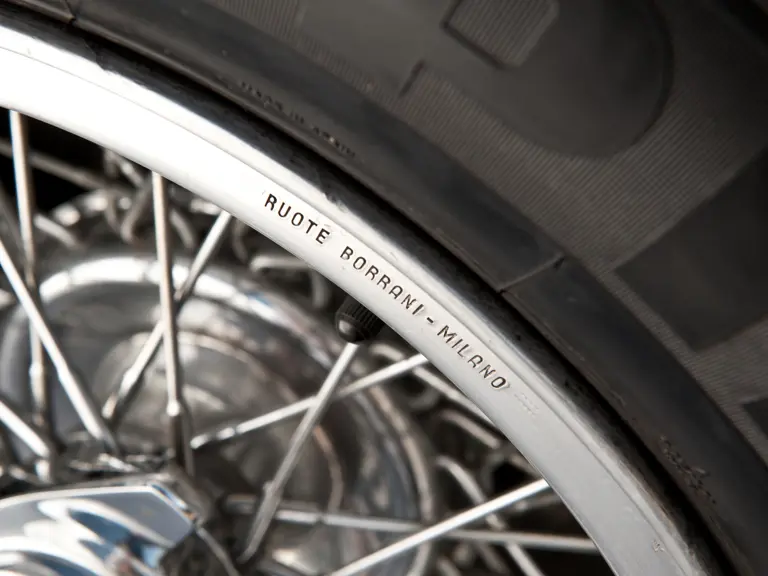
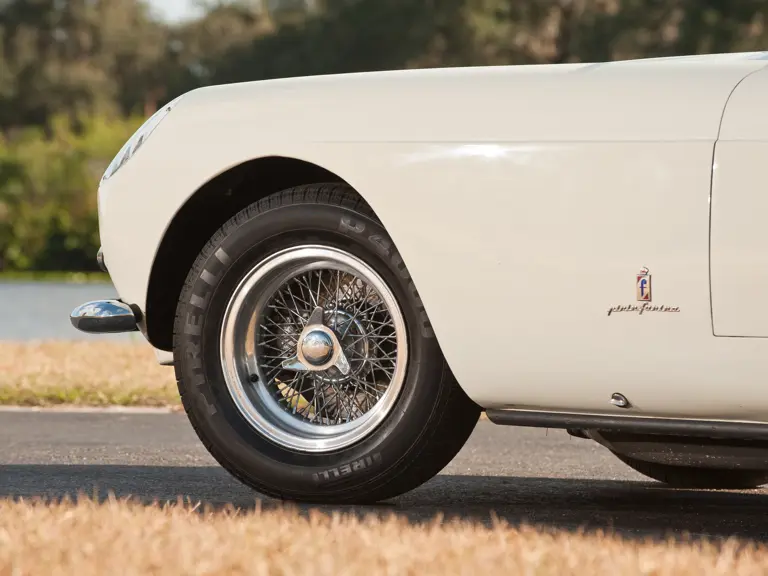
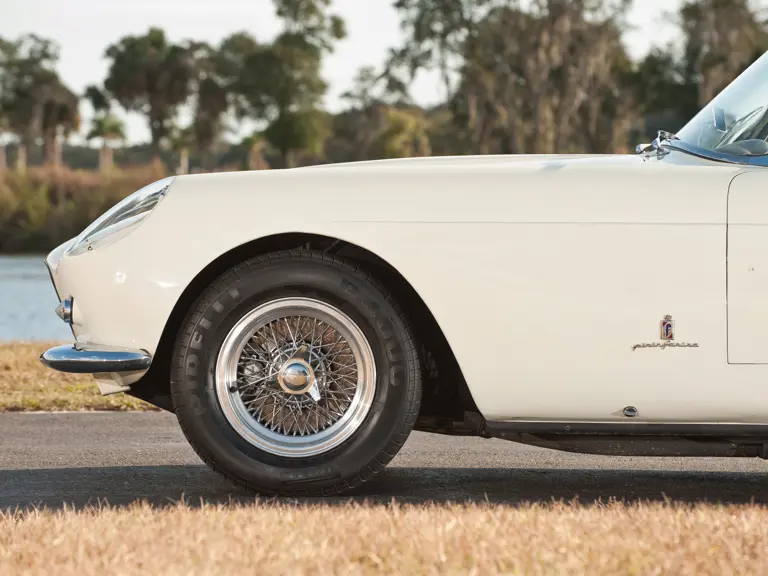
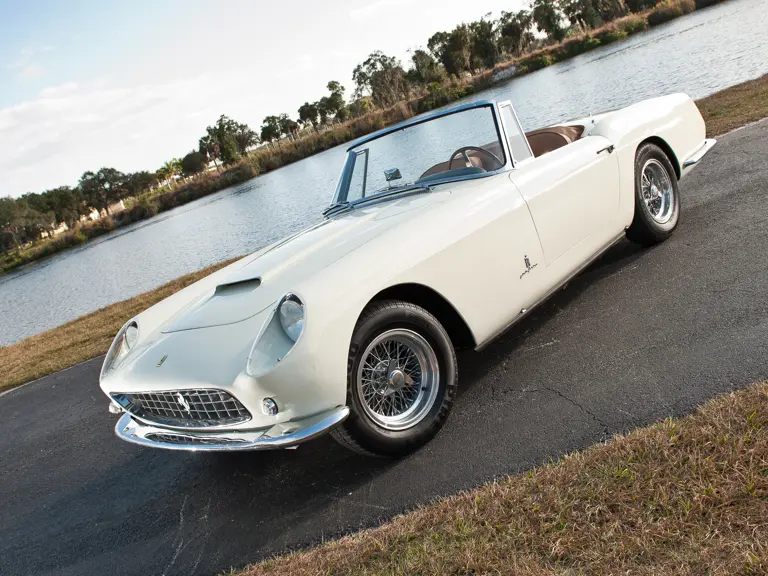
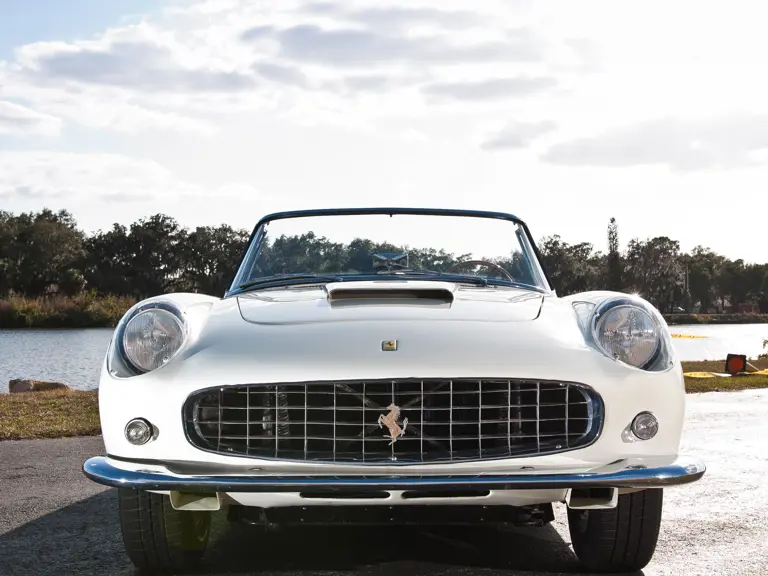
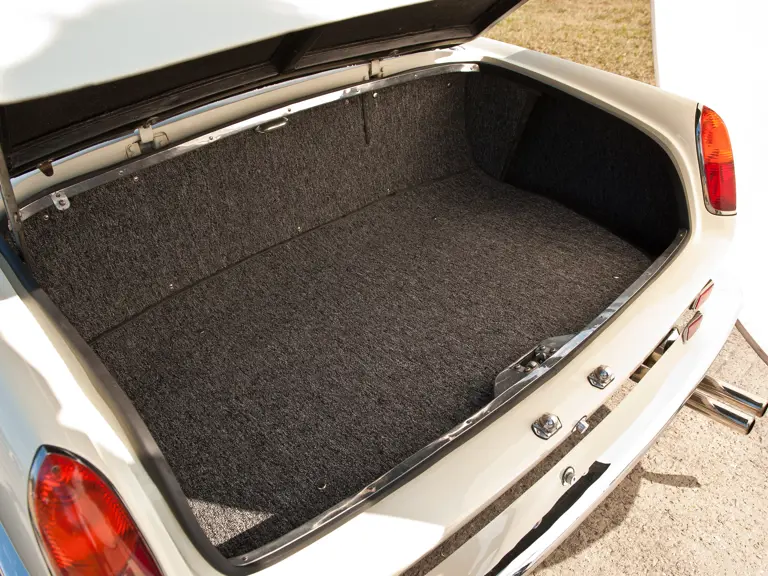
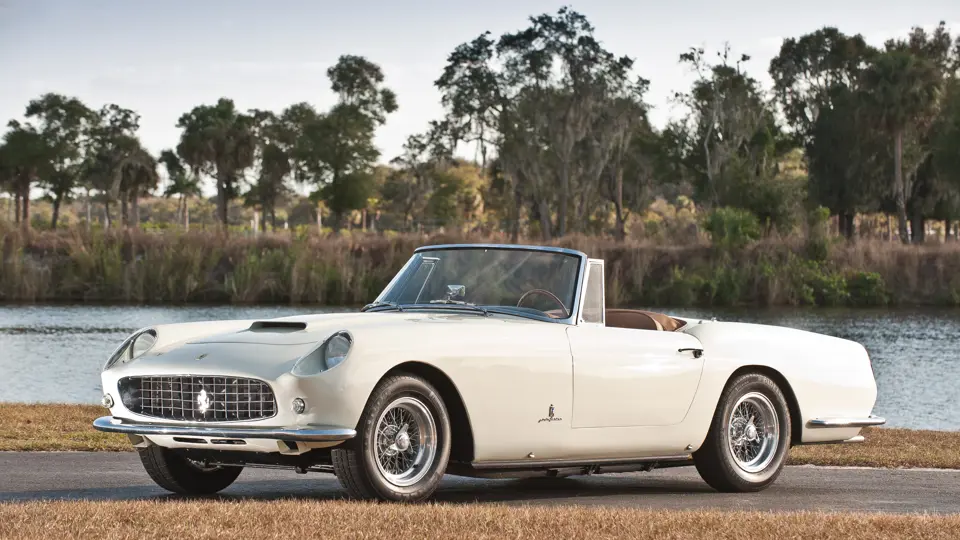
 | Amelia Island, Florida
| Amelia Island, Florida

